Circular by design, Phoenix stands solely through compression without reinforcement, with blocks that can be easily disassembled and recycled
Holcim launched Phoenix, a circular 3D-printed concrete bridge, at the end of last year in Lyon, France.
The concrete masonry bridge was built with nine tonnes of recycled materials in the company’s proprietary concrete ink at its European hub.
Built in partnership with the Block Research Group (BRG) at ETH Zürich, Zaha Hadid Architects Computation and Design Group (ZHA CODE), and incremental3D, the project is a demonstration of low carbon and circular technologies at work.
According to the team, circular construction, computation design and 3D printing allowed for a reduction of up to 50% of the materials used with no compromise in performance.
“Concrete is an artificial stone, and like stone, it does not want to be a straight beam, it wants to be a masonry arch,” explained Philippe Block, co-director at BRG. ”Following these historical principles allows us to keep materials separated for easy recycling and to dry-assemble the structure for easy deconstruction and reuse. 3D concrete printing allows us to use material only and exactly where needed. The result is a sustainable and truly circular approach to concrete construction.”
At 17 meters long and 12.4 meters wide, Phoenix stands solely through compression – assembled without further steel reinforcement – making it straightforward to dismantle and reassemble elsewhere.
Named Phoenix due to its rising from the ashes, the project comprises aggregates from the original blocks of Striatus, the 3D concrete printed bridge launched by the partners during the 2021 Venice Biennale of Architecture.
According to Holcim, the 3D printing concrete ink developed for Phoenix contains 40% less embodied CO2 than that of Striatus and has resulted in a 25% lower overall carbon footprint than a comparable reinforced concrete structure.
Shajay Bhooshan, head of ZHA CODE, said: “Phoenix is a significant milestone in technology readiness. It showcases the maturation of integrated design to construction technologies that were initiated with Striatus. There have been improvements in the robustness of the digital design tools, closer alignment with the numerous structural design and circularity-related improvements, tighter integration with robotic concrete printing parameters and extensive calibration to improve efficiency of production of almost double the number of blocks in less printing time.”
The partners are now exploring how the project could scale up to implement sustainable infrastructure solutions citywide.
Downloads
Phoenix drawings credit ZHACODE
PDF, Size 8.2 mb









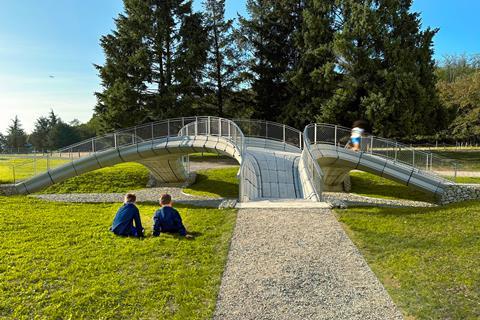
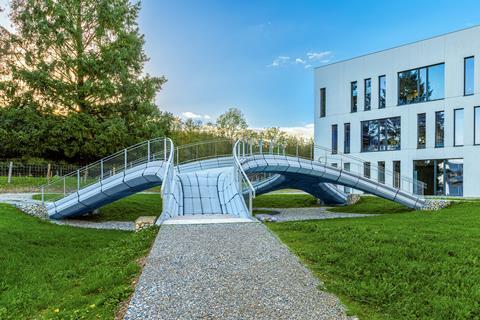

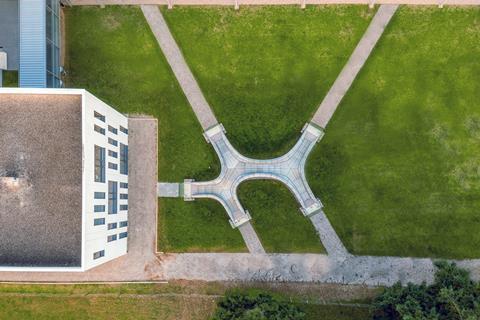
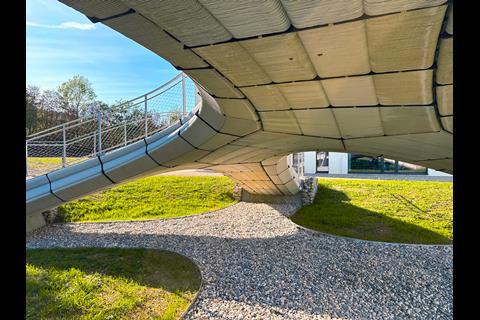

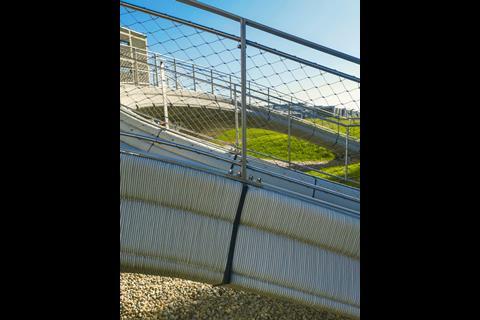


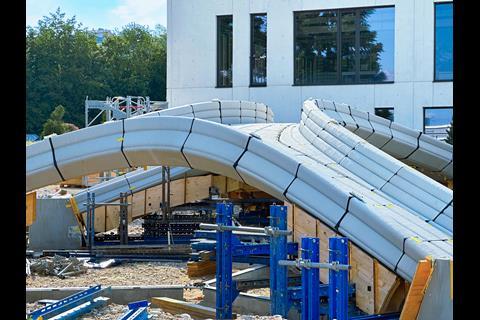
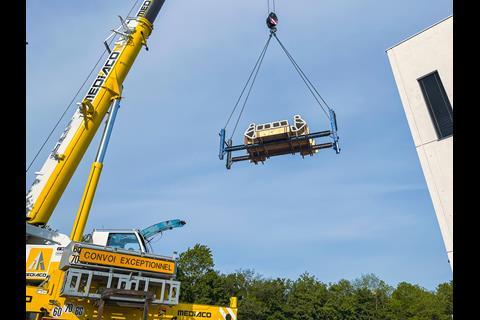
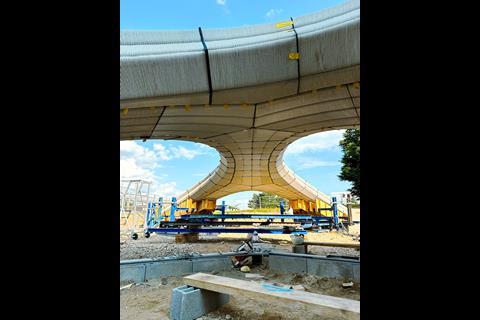







No comments yet